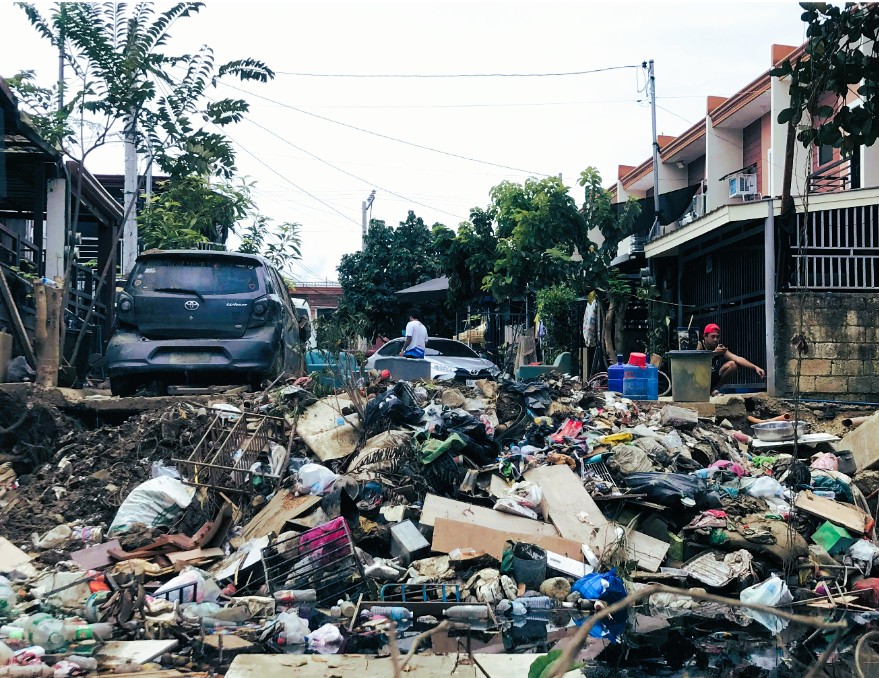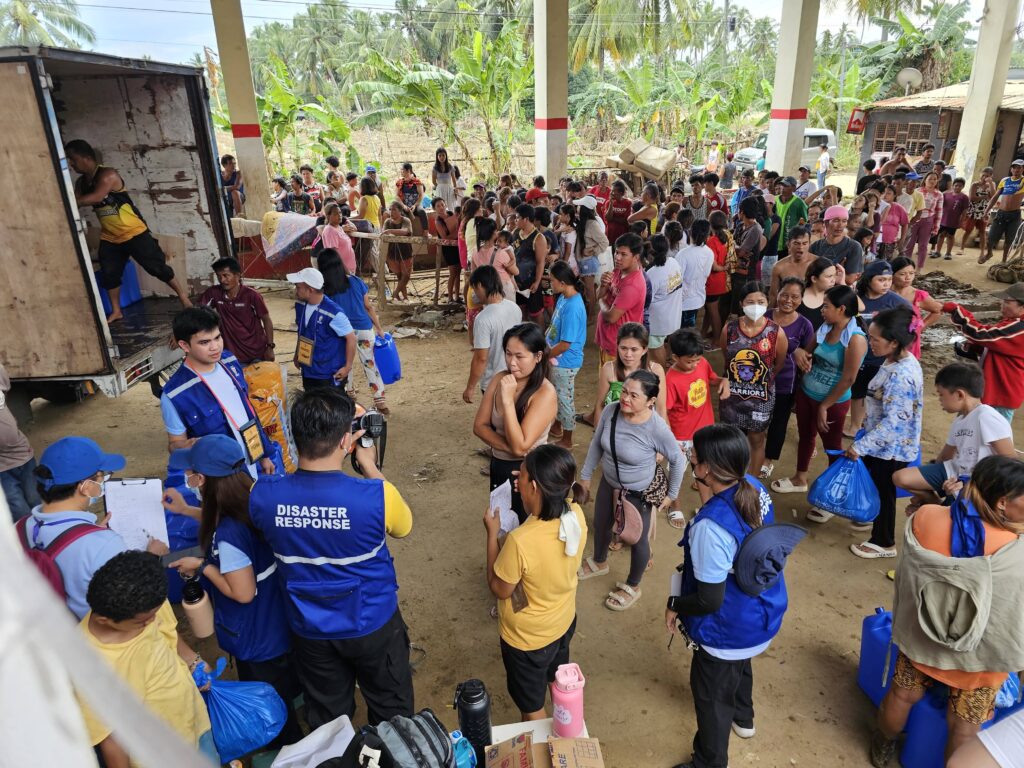Community Partnerships in Cebu: How Unity Drives Earthquake Recovery
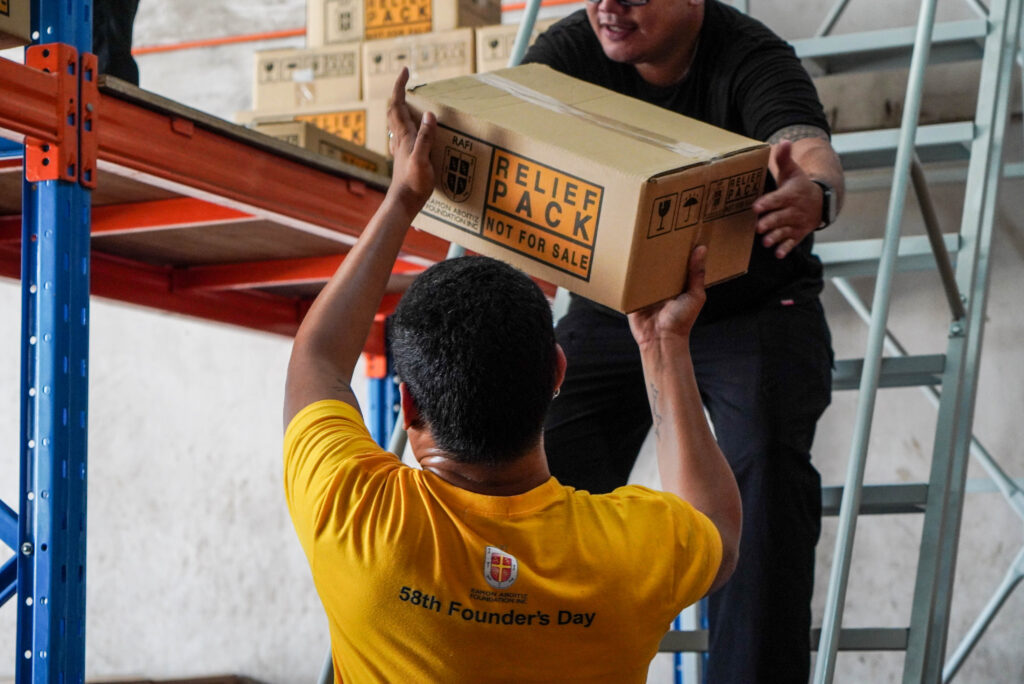
When the recent earthquake shook Cebu, the tremors tested not just the strength of buildings but the spirit of its people. Yet in the midst of fear and uncertainty, what emerged was unity. Proof that community partnerships in Cebu are the foundation of true resilience.
Across the province, neighbors offered help and comfort, volunteers organized local relief drives, and local government units mobilized to deliver aid where it was needed most. These moments of cooperation turned chaos into action and despair into hope.
From relief to response, these partnerships remind us that recovery isn’t just about restoring what was lost — it’s about building something stronger together. Cebu’s story shows that when communities unite, they don’t just survive disasters; they redefine what progress means.
At A Glance
Working Together in Times of Crisis
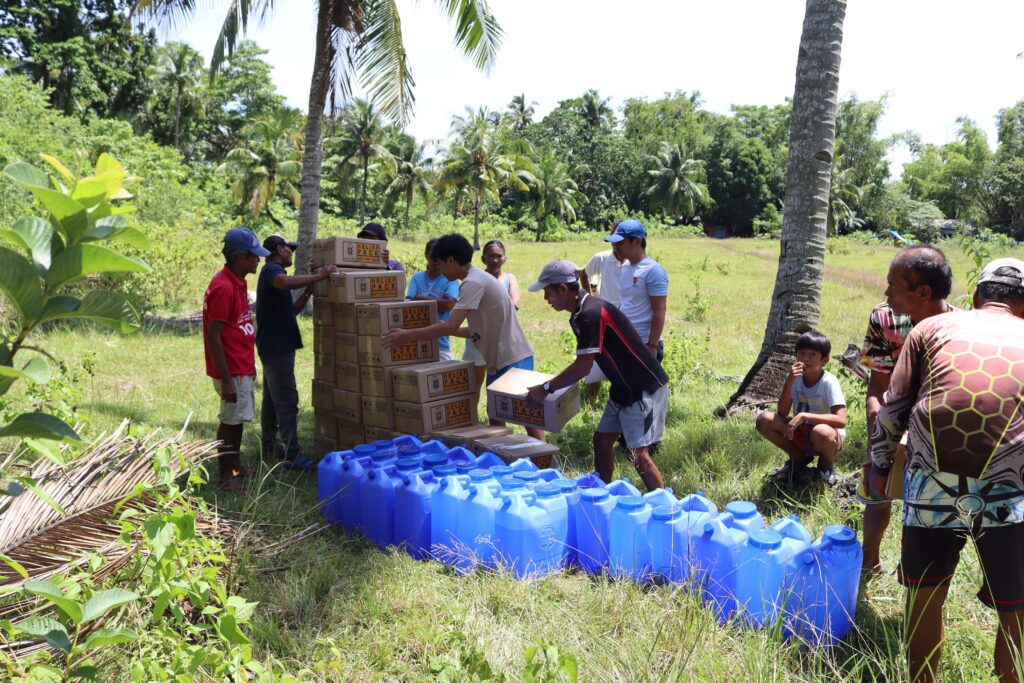
When disaster strikes, it’s often the people on the ground who act first. In Cebu, community partnerships have become the lifeline that connects families, volunteers, and local leaders.
Through close coordination with LGUs and organized relief distributions, aid steadily reached even the most remote barangays.
The Ramon Aboitiz Foundation, Inc. (RAFI), committed to serving affected communities, activated its Emergency Operations Center (EOC) to strengthen coordination with LGUs and partner organizations. RAFI also launched the Dungan sa Pagbangon campaign, a platform for donations from partners and the general public eager to extend their help.
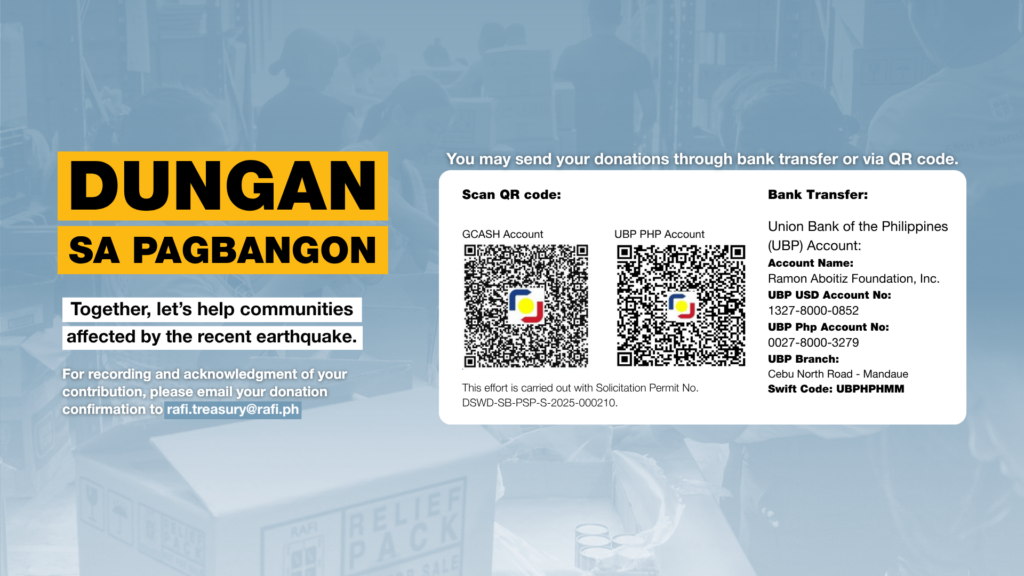
From Relief to Resilience: Turning Recovery into Opportunity
The journey from disaster to recovery is never easy, but community partnerships in Cebu show that collaboration makes it possible. What began as immediate relief will evolve into long-term initiatives designed to ensure sustainable development.
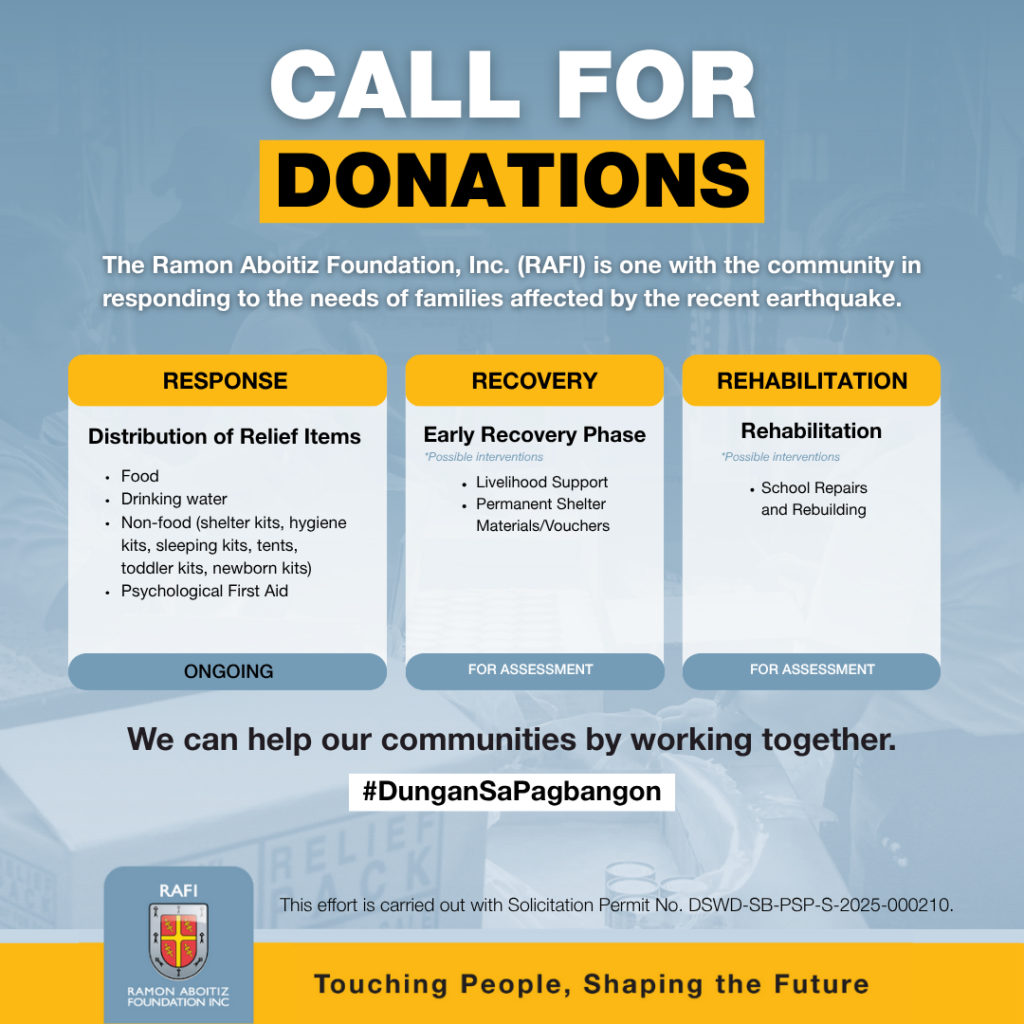
As we move through these phases, RAFI continues to work closely with government and organizational partners to identify areas of need and deliver meaningful support. Together, these efforts demonstrate that resilience is not built overnight—it is cultivated through consistent partnership and trust.
Empowering Local Development Through Unity
Local development thrives when people work together. In Cebu, the earthquake became a powerful reminder that progress isn’t a solo effort, it’s a shared mission. By linking communities, government offices, and organizations like RAFI, partnerships transform short-term recovery into long-term growth.
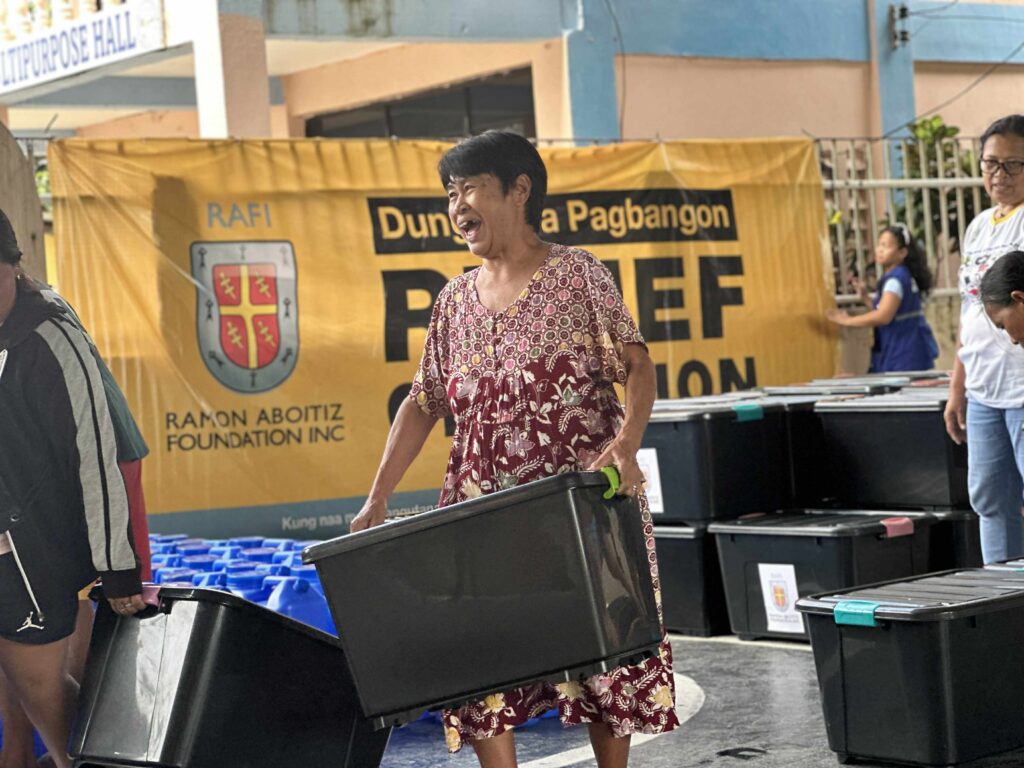
This network of collaboration ensures that when challenges arise, Cebu doesn’t just bounce back, it moves forward stronger, smarter, and more united.
FAQs: Community Partnerships and Earthquake Recovery in Cebu
Why are community partnerships important in Cebu’s earthquake recovery?
They strengthen coordination, share resources, and foster trust among local groups working toward recovery.
How do partnerships improve local development?
They empower communities to take ownership of rebuilding projects and ensure sustainability through shared responsibility.
What role do LGUs play?
LGUs act as coordinators, providing leadership and logistical support for on-the-ground relief and recovery.
How do partnerships lead to sustainable development?
They create lasting systems of cooperation that strengthen governance, economy, and community well-being.
Conclusion
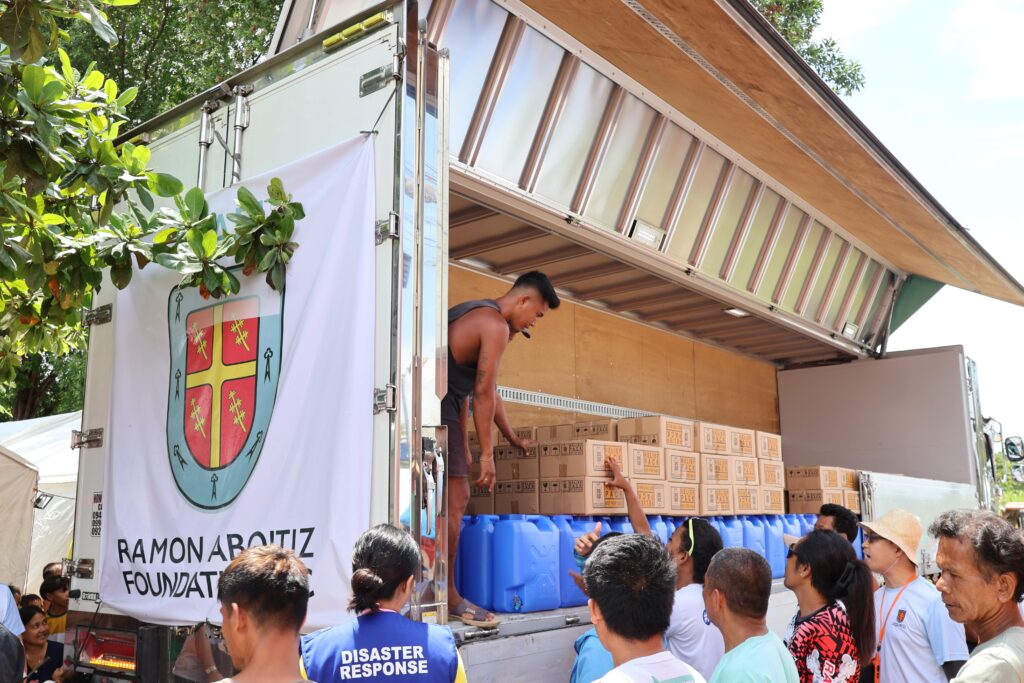
Cebu’s earthquake response proves that progress isn’t measured by how quickly we rebuild, but by how deeply we connect. When communities unite through partnerships rooted on trust and compassion, recovery becomes more than survival, it becomes transformation.
RAFI and its partners continue to be in this movement, proving that when we work together, no challenge is too great and no community too small to rise again.
💪 Let’s keep Cebu strong together. Support local initiatives, or share your time and skills with community efforts in your area. Every partnership counts in building a safer, more resilient Cebu.

